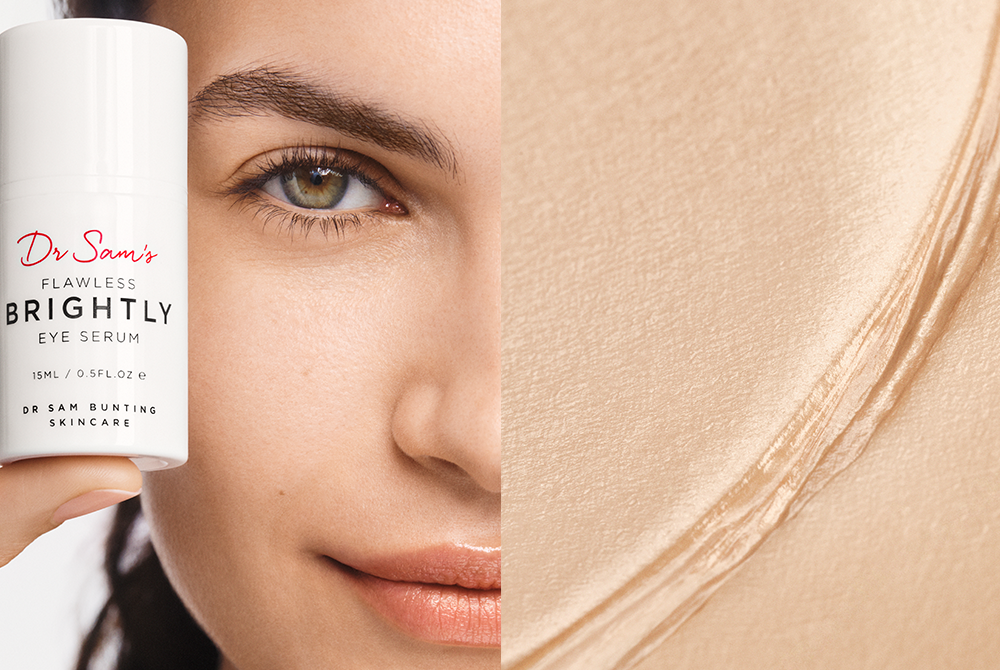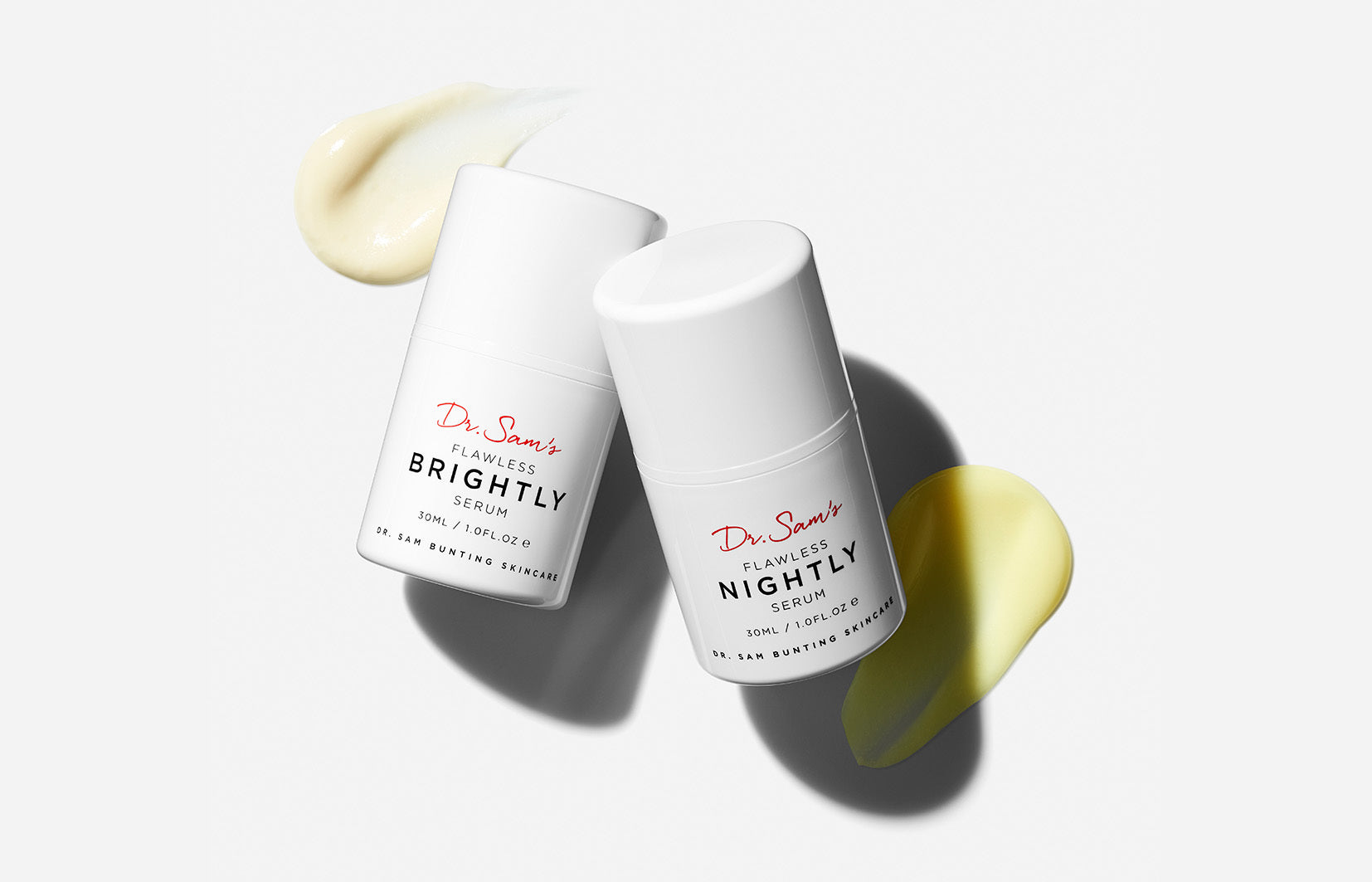Salicylic acid is a major player when it comes to treating breakouts and blackheads. The ultra-popular beta hydroxy acid has been around for years and while more recent acids may have bumped it from the spotlight, thanks to a lot of TikTok action, it’s firmly back on people’s radars.
Salicylic acid is truly one of the best ingredients for exfoliating oily/combination skin, especially if you’re getting breakouts. Found in everything from daily cleansers to overnight spot treatments, the big questions that remain are what exactly does salicylic acid do and is salicylic acid actually good for the skin?
What is salicylic acid?
Salicylic acid (SA) is a beta hydroxy acid that occurs naturally in plants such as willow bark. With both anti-inflammatory and antibacterial properties, it also works as a chemical exfoliant to remove dead skin cells.
One of its key advantages is that it’s oil-soluble, meaning it can penetrate into the oily pore. This makes it more useful than AHAs (such as glycolic or lactic acid) in the treatment of breakouts, which are water-soluble and don’t readily penetrate our pores.
What does salicylic acid do for the skin?
Salicylic acid helps reduce comedones (both open and closed) and inflamed lesions like papules, pustules, nodules and cysts. As it’s oil-soluble, salicylic acid can go deep into the skin to get to work. Dead, sticky skin cells clump together to block pores but salicylic acid can unclog those pores by dissolving the clumps. Salicylic acid also acts as an anti-inflammatory to help red, inflamed spots go away faster. Not only can it reduce blemishes and congestion, it can also help to diminish any dark marks we might get after a breakout.
It also helps reduce the appearance of sebaceous filaments, those pesky dark dots on the nose that bother people so much. These are very much a normal aspect of our skin and attempts to remove them are pointless but the overall clarity of skin can be improved (so they bother us less) by judicious use of salicylic acid in our routine.
How do I use salicylic acid?
As with most ingredients, salicylic acid is found in a number of different products, so you can find the formula that best suits your skin goals. Over-the-counter topical treatments come in concentrations between 0.5% to 2%. I advise a leave-on product of 1-2 % BHA with no alcohol or fragrance.
Whichever product you opt for, you want to apply on a clean face and initially use on alternate days then build up to once a day. It’s safe for everyday use and you can gradually increase applications to 2 times a day, as needed. If excessive dryness or peeling occurs, reduce application frequency as you don’t want to damage your skin barrier!
Should I use salicylic acid or benzoyl peroxide?
Benzoyl peroxide (BP) is another topical agent that may help treat acne. It is an antiseptic that kills acne-causing bacteria. Both BP and salicylic acid are widely available over-the-counter without a prescription which makes them very accessible.
I tend to recommend salicylic acid over BP when dealing with skin barrier challenges as benzoyl peroxide is often not suitable for people with sensitive skin or eczema. People with pre-existing skin conditions may also want to consult with a doctor or dermatologist to see if it will be safe for them to use.
The other practical consideration is that BP bleaches clothing - if this is a dealbreaker for you, salicylic acid may be the better choice.
Who should avoid using salicylic acid?
There can always be too much of a good thing and salicylic acid is no different. The main negative side effect when overused is it can irritate and cause excess dryness. If you have sensitive skin, choose your formula carefully as some products contain denatured alcohol, which can be additionally drying. If you’re allergic to salicylic acid then avoid it altogether.























